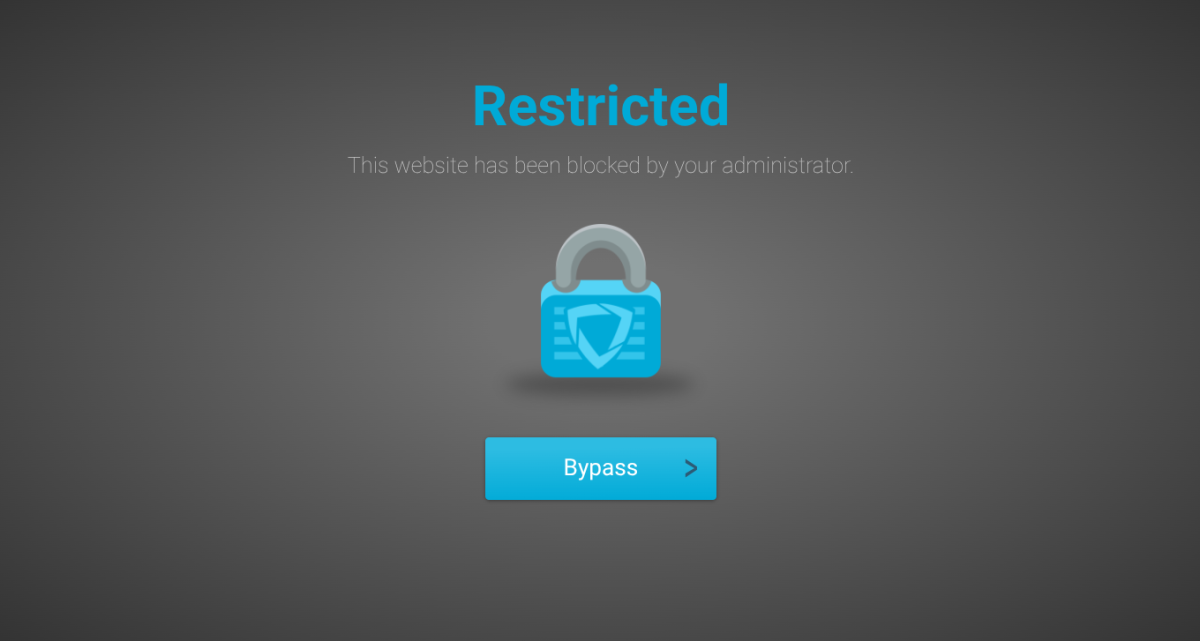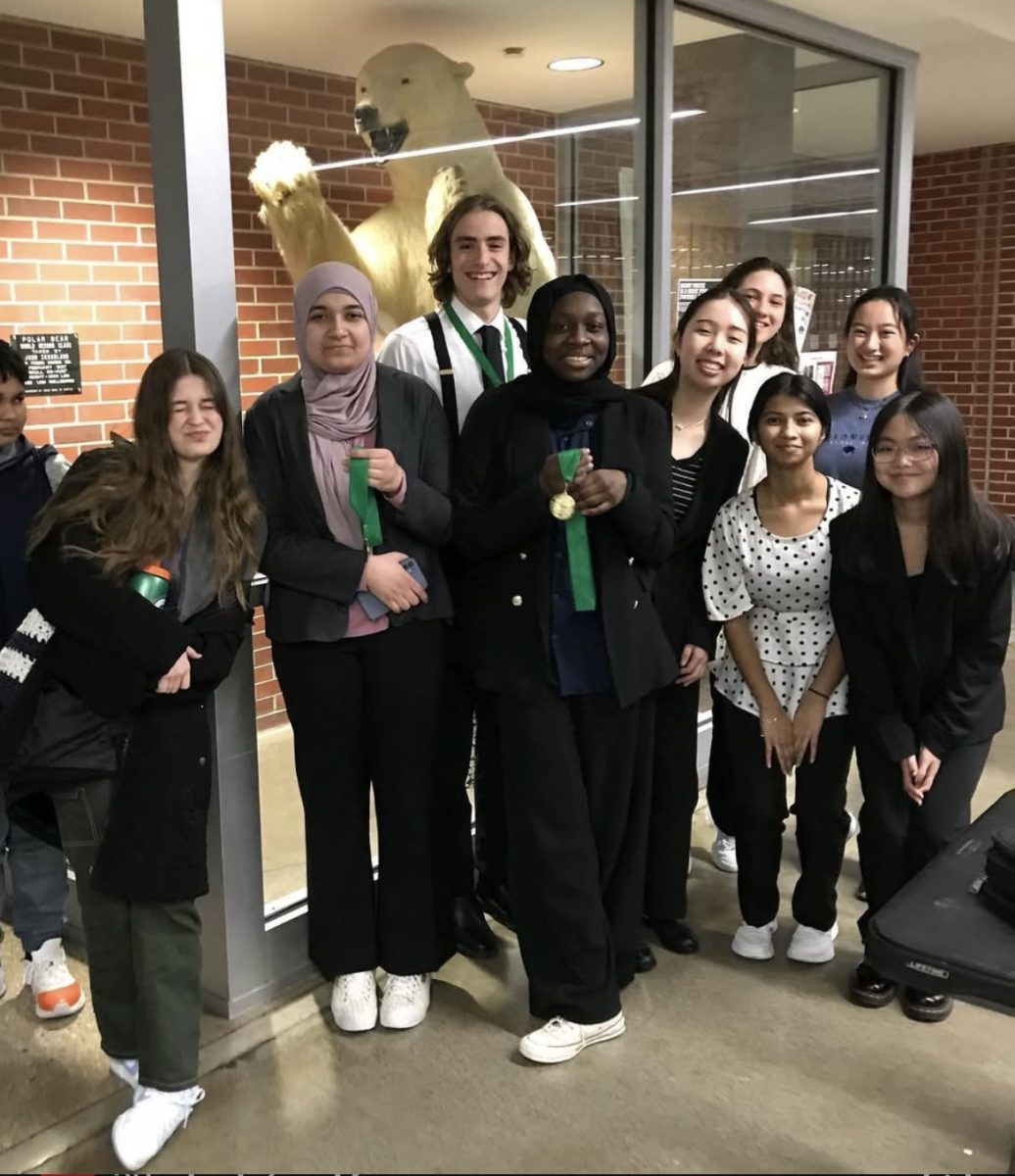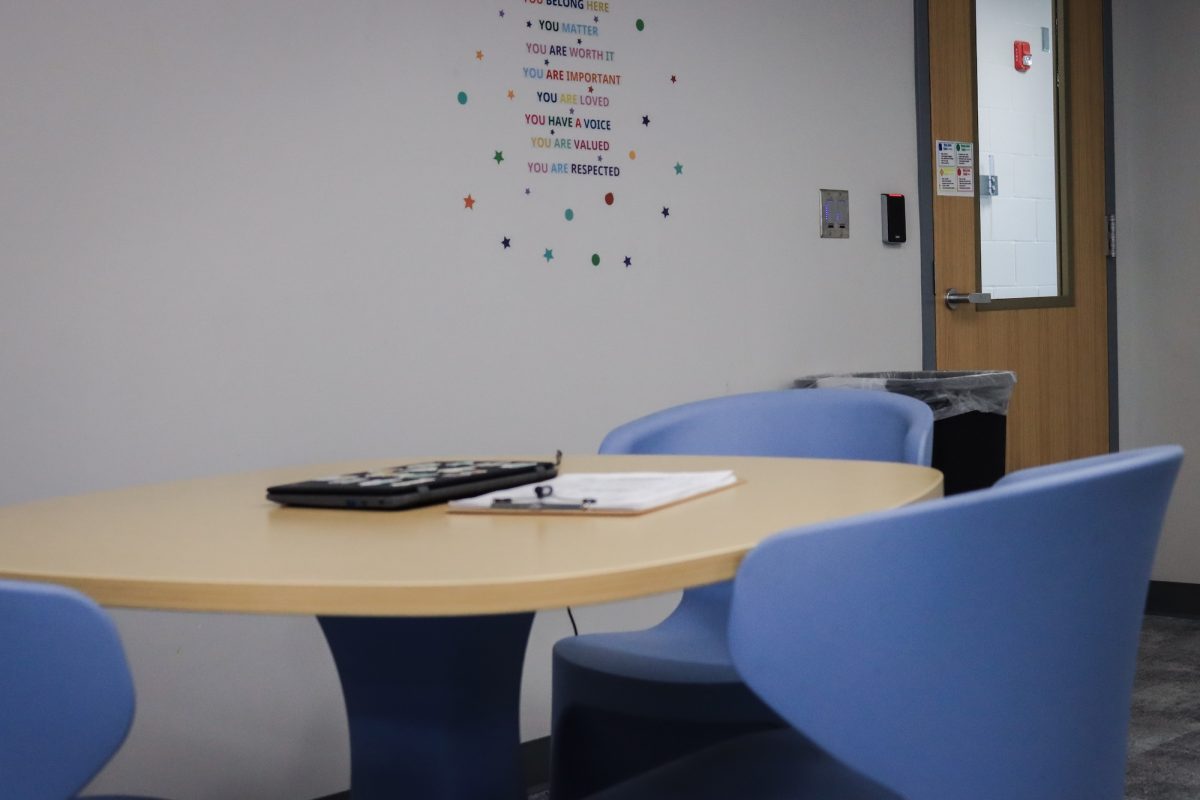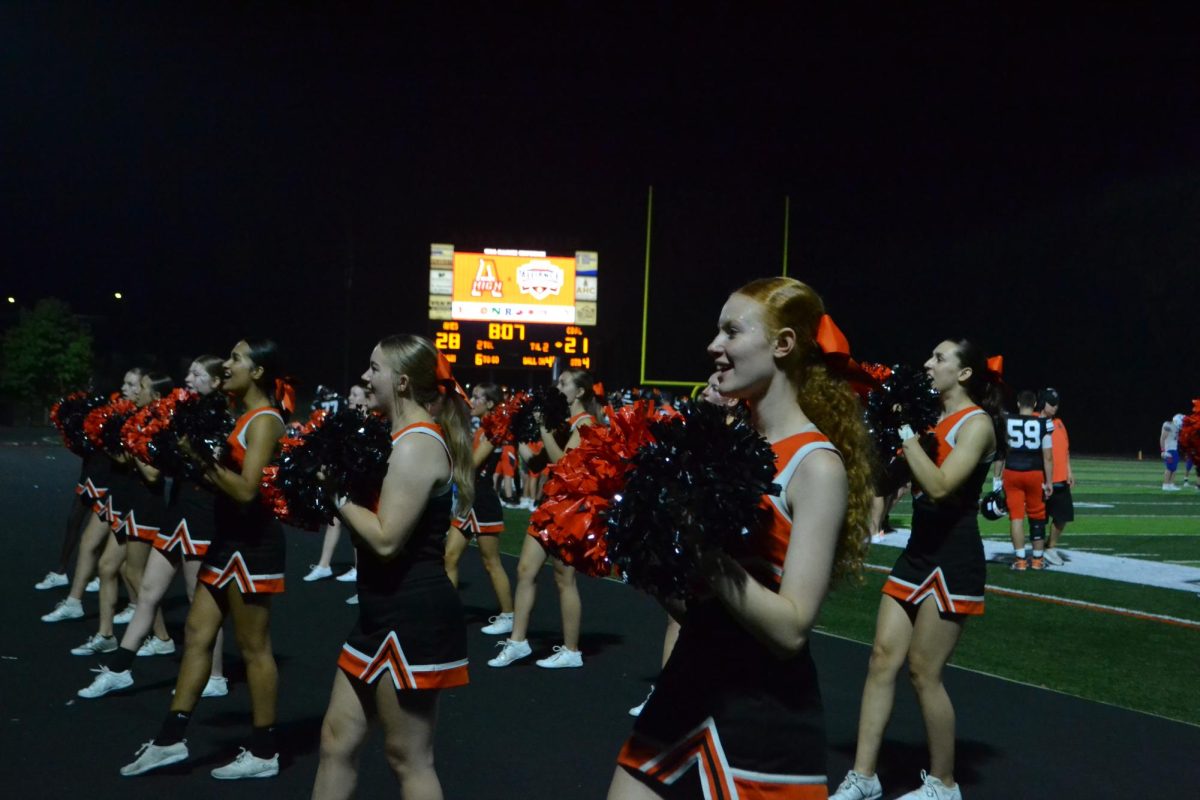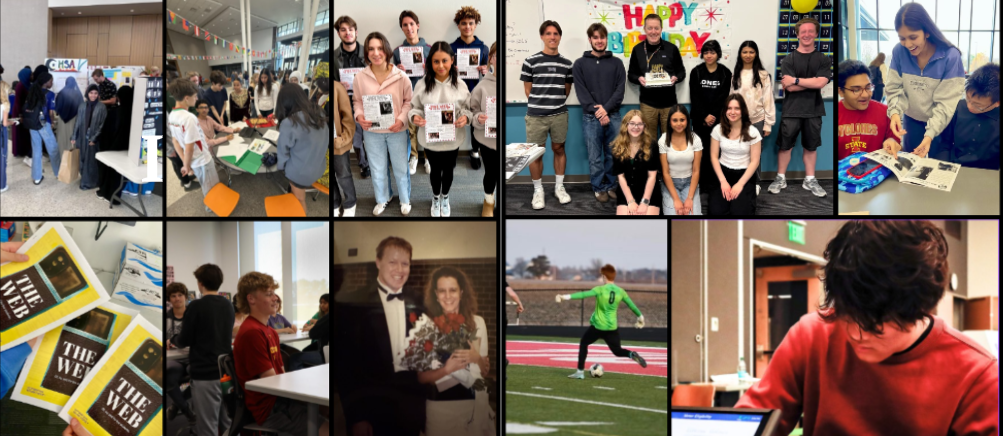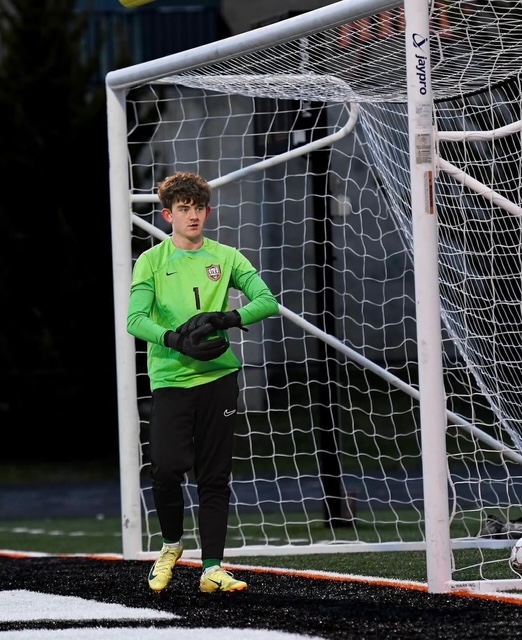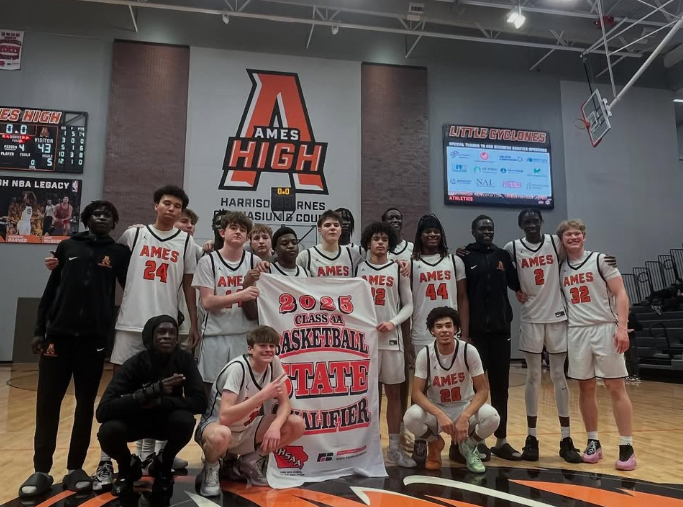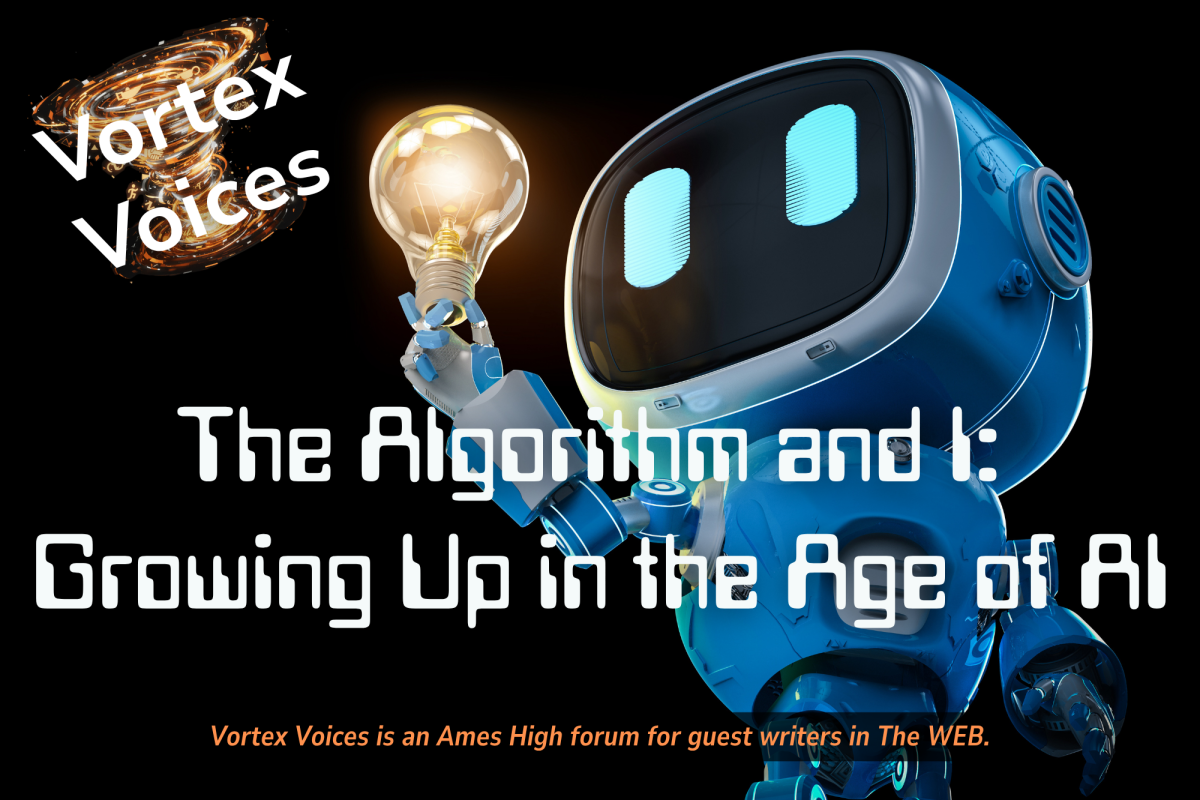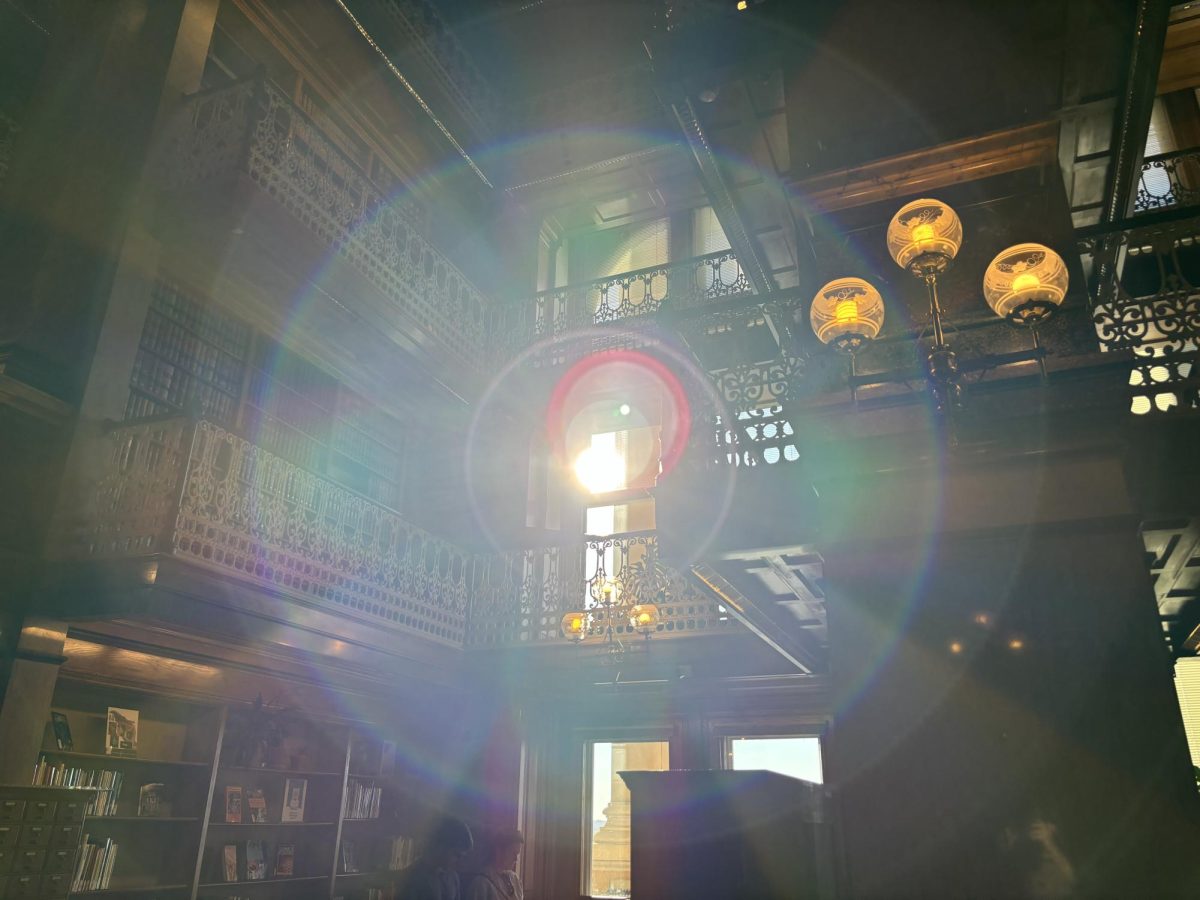Artificial intelligence is already in classrooms, but how it’s designed will decide whether it helps or hurts education.
Artificial intelligence is entering schools whether we like it or not. Students have access to tools that can provide instant answers. The real question is whether AI will benefit learning or simply become a shortcut. The key lies in how it is built and used
A study published in society warns that when students rely on AI just to get quick solutions, they risk losing critical thinking skills. This danger makes it even more urgent to shape AI into a tool that supports, not replaces, learning.
AI has the potential to close learning gaps. Maybe students with learning differences, such as dyslexia or adhd, often lack access to one-on-one tutoring. An AI tutor, if designed properly, could be available anytime, anywhere, and adjust to a student’s needs better than a human tutor. Instead of handing over answers, it could walk learners through steps, explain concepts, and confirm progress.
For students, this kind of support matters. Asking questions in class can be embarrassing for some. An AI tutor could create a safe place.
The risks are there. If AI is poorly designed, it could become nothing more than an answer key. Students might stop thinking for themselves, and companies may prioritize speed and efficiency over genuine understanding. That’s why it’s so important to guide AI development in the right direction.
Tech companies must collaborate with educators, policymakers, and parents to ensure that AI promotes personalized learning. Education should not just be about memorizing the right answer, but it should be about building skills and curiosity.
As a student, I can see how AI could help me and others learn more effectively if it is designed responsibly. If it is not, the gap between those who truly learn and those who simply use AI for answers will only grow.

